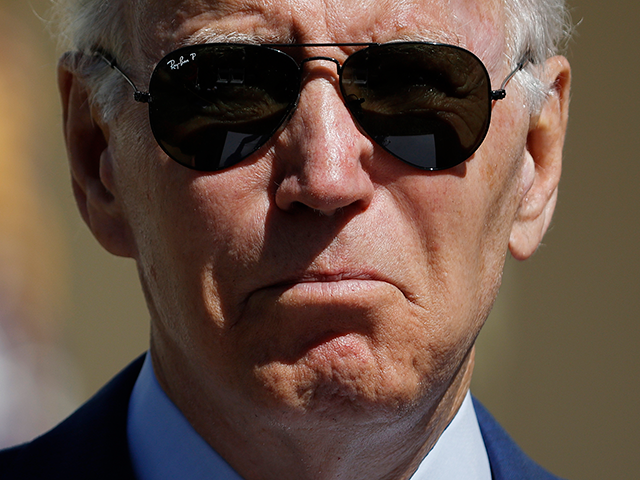A key barometer of inflation on Wednesday showed prices paid to U.S. businesses rose more than expected in September, dashing hopes that the Federal Reserve might be able to take a softer approach to restoring price stability.
The producer price index, which tracks prices paid to U.S. businesses for the goods and services they produce, rose 0.4 percent in September, the Department of Labor said. That was twice the monthly gain expected by forecasters.
On a 12-month basis, prices are up 8.5 percent. That’s one-tenth of a point more than what economists surveyed by Econoday expected.
The index fell by 0.2 percent in August and 0.4 percent in July, largely due to lower gasoline and oil prices. This was revised from the 0.1 percent decline originally reported for August.
Excluding food and energy, prices were up 0.3 percent in September. This measure of “core PPI” was also up a revised 0.3 percent in August. In the earlier report, core PPI was reported as rising 0.2 percent in August. Compared with a year ago, core PPI is up 7.2 percent, which is below the 8.1 percent year-over-year increase reported in August.
So called “core core PPI”—which excludes food, energy, and a measure of business margins called trade services—was up 0.4 percent. That compares with forecasts of 0.3 percent and is double the previous month’s figure. Compared with a year ago, core core is up 5.6 percent, matching the year-over-year increase reported a month ago.
Inflationary pressures have moved from being concentrated around goods to now also affecting prices for the services side of the economy. In September, the producer price index for services increased at a 0.4 percent rate, up from 0.3 percent in August. The Department of Labor said most that increase is attributable to a 0.6-percent rise in the index for final demand services less trade, transportation, and warehousing. Over a quarter of the September increase came from a 6.4-percent advance in prices for a category called “traveler accommodation services.”
Prices for final demand goods moved up 0.4 percent in September after decreasing 1.1 percent in August. Food inflation is playing a big role in keeping goods inflation high. Sixty percent of the advance is attributable to a 1.2-percent increase in the index for consumer foods. Compared with a year ago, food prices are up 11.9 percent. Energy prices rose 0.7 percent. Core goods prices—excluding food and energy—were flat.

COMMENTS
Please let us know if you're having issues with commenting.